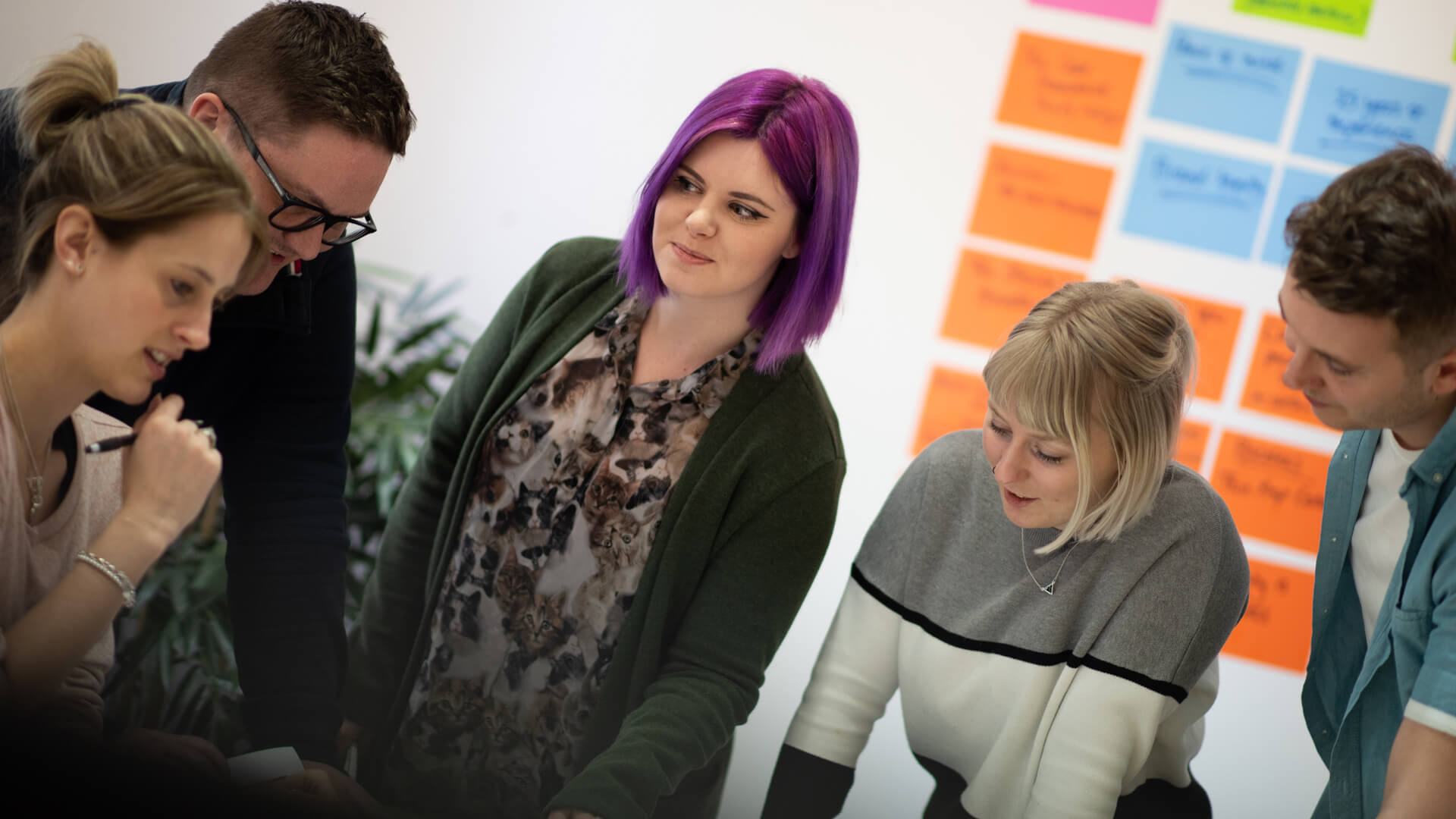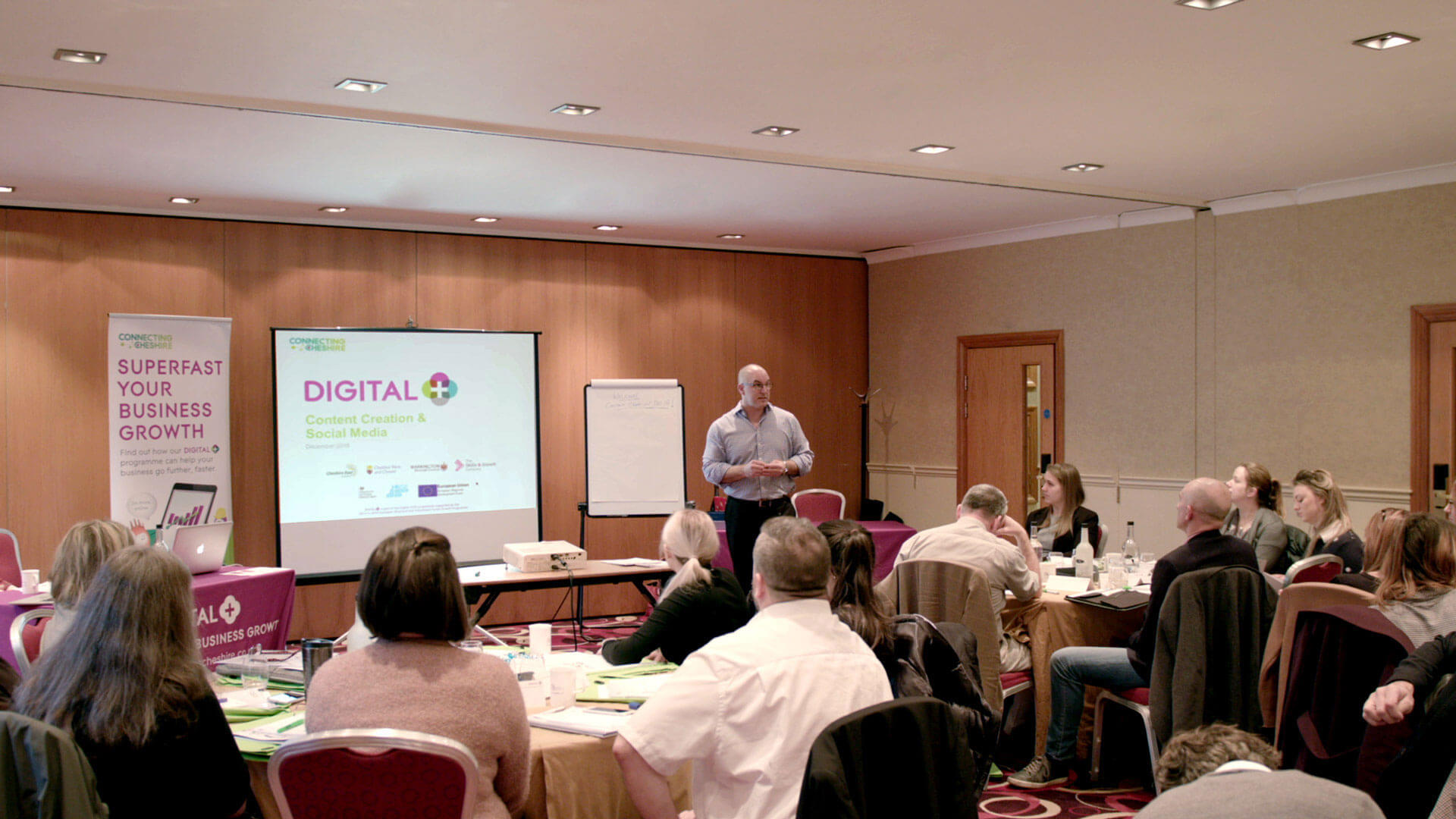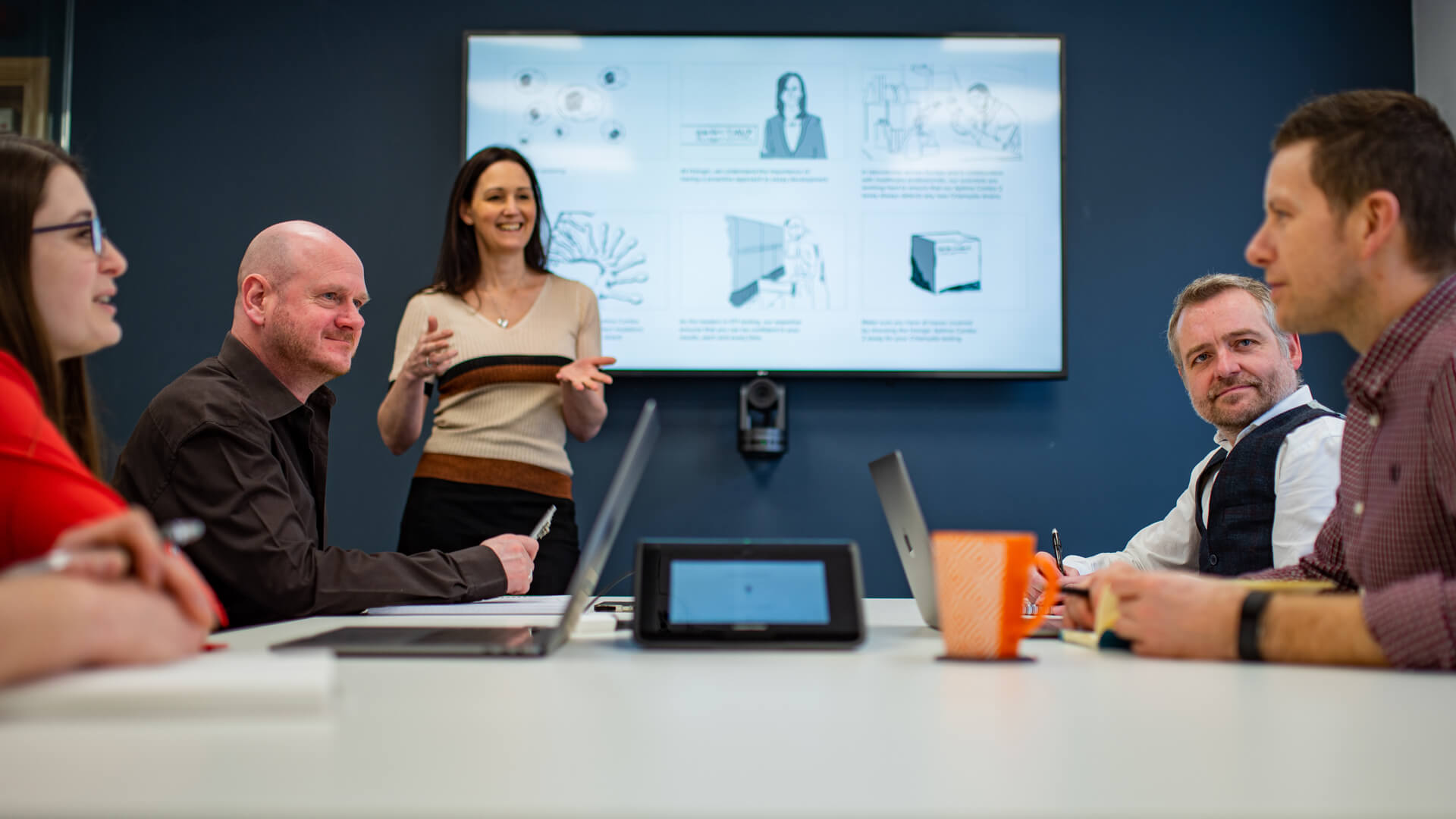
When was the last time that, as a business, you practised a human to human approach with your customers? We mean really connect with them. Understand them as an organisation – as a person?
We need to think beyond the customer service level. How are you addressing them as part of your omnichannel marketing strategy and ongoing communication techniques?
Human to Human communications at first, appears to be simplistic. Almost as though it ‘goes without saying’ that every organisation would be practising this fundamental concept.
However, in a digitised world where automation has become more and more prevalent, the ‘human’ element of marketing can often be neglected. Especially in Business to Business environments where the focus can lie more prominently with business growth targets and a range of transactional metrics.
Whilst marketing automation and reporting on metrics do have their place for developing pipeline benchmarking and optimising reach, we still need to have meaningful conversations with our audiences, delivering beyond their immediate wants and needs to ensure that there is a lasting connection.
From brand narratives and user experience, through to search results and paid amplification. A human to human communications approach needs to be evident through each touchpoint to ensure an engaging user experience that puts your organisation in a position of trust.
Identify your audience to harness the power of a Human to Human approach
The most crucial step to developing your Human to Human communications is identifying your audience.
Who are you speaking to?
Why are you speaking to them?
How are you speaking to them?
Where are you speaking to them?
Creating a genuine connection requires empathy and understanding. You need to address their needs and reach them on the most appropriate platforms.
Once your audience personas are clear, you can develop relevant and engaging content to maximise your interactions with them.
For global organisations that need to talk to a broad and reaching audience, it is important to prioritise and tailor by using your audience persona. to ensure that each channel and platform is optimised to the user experience.
There is not a ‘one size fits all’ option. For example, your audience may create stronger connections through face to face opportunities at congress events or exhibitions. Due to COVID-19 and ongoing environmental issues impacting connectivity, utilising digital channels by recreating these events virtually may be key to your business growth.
If you would like to explore how to reach your niche audiences and the most effective platforms to communicate with them, we offer training sessions and workshops to assist you in this journey.

Emotional connections
We know that emotions are key to connecting us to others. From positive through to negative, emotions make us feel, emotions make us act, emotions make us remember.
Think about your audience personas:
What emotion do you want your audience to feel?
Which actions would you like your audience to take?
Will your organisation make a lasting impact?
What process of emotions will your audience go through when they see or hear from your brand?
Your organisation has a distinct function and purpose. Are you communicating what benefits these will bring to people over your competitors’ offerings?
People connect with experiences that they are familiar with and are easy to use.
Providing an experience that reinforces trust and loyalty is proven to be more effective. Giving your audience a familiar experience through the consistency of your brand reassures them.
When developing your audience personas, you will have incorporated factors like where they shop, what they read and even what celebrities they admire. This all builds towards creating your tone of voice, visuals and endorsements based upon consistency of experience and visibility.
Providing familiarity evokes emotions that can strengthen your brand loyalty.
What will you be remembered for?
Interacting with your audience is more than just the thoughts and feelings at the time of contact. How will people talk about your organisation when referring to it to others?
“72% of customers will share a positive experience with 6 or more people. On the other hand, if a customer is not happy, 13% of them will share their experience with 15 or even more.”
With the above statistics in mind, if we take an example of dealing with 1000 people with 72% making a positive referral, those 720 customers will potentially share this experience with 4320 potential new customers. Whereas that 13% out of 1000 with a negative experience will potentially share this with 1950 people – which is a potential loss of that many future customers. It is to your advantage to provide excellent services and give a great customer experience.
People are more likely to share or broadcast negative opinions when they have had an experience that hasn’t aligned with expectations. Not only that but the opportunity to work with those individuals again drastically declines based on a negative experience. This is unless there is an authentic strategy to engage with customers on a compassionate and caring approach.
By creating a positive experience you’re enhancing your reach to new customers by a potential of 4320 each time.

Within the current climate, there is a distinct need for organisations to be remembered for doing good.
Since the UK Lockdown in early 2020, articles talking about the Triple Bottom Line and how this will have a lasting impact on businesses have increased. It’s clear to see why.
Whilst the Triple Bottom Line framework is nothing new, organisations have been actively named, shamed (and in equal parts praised) for their response to the COVID-19 Pandemic. Reflecting their social and environmental concerns, the Triple Bottom Line boils down to three keys factors: People, Purpose, Profit.
Each of these elements contributes to the perception. Therefore a connection to your organisation – thus linking back intrinsically to your Human to Human communications and interactions.
Can digital search create a humanised experience?
Digital communications add relevance, value and empower users.
Whilst human to human does indicate that there would be ‘real’ people on either side of the interaction, we are consistently seeing more advanced digital solutions to enhance engagement through tailored communication.
If we take search engines as a prime example of this, Google has evolved in correlation with user intent. They have created an algorithm that addresses search queries, regardless of how broad. These results are based on collecting previous data and displaying the most relevant results.
As the Google algorithm has become more advanced, SEO experts have had to evolve with these updates. Gone are the times of keyword stuffing and black hat techniques, which would push website ranking almost a decade ago.
All websites and content must now put the user-first to be in with a chance of even showing within search results.
With the rise of Click Bait strategies both having positive and negative results; you’ll find that if users feel they are misled they will quickly turn off. Leaving them with a negative experience.
Add to this mix the new wave of voice-search. This actively interacts through formats such as Alexa in your own home, and the personalisation soon steps beyond the screen.
AI, Automated chatbots, Automated phone calls – they all build interactions based on advanced data. Capturing this data allows for the information it determines to be the user wants.
The digital world and technology are getting smarter. Users are becoming more aware of their options. Your organisation needs to embrace this change.
Is Human to Human another marketing trend that will be replaced?
The answer to this is that we must remember that Human to Human is a concept. Not a trend or buzzword. It should be a fundamental factor in all communications strategies.
Whilst technology can create easier and more cost-effective ways to reach audiences, there is still a lack of personalisation.
This doesn’t mean that you should avoid automation. It is be practical to use this in those instances.
The key is to understand who wants what and when. Whilst some customers thrive on direct conversation with a person, we find that people also respond well to automation. This is when the experience meets expectations and solves issues quickly.
If you know your customer you can quickly assess their frequently asked questions. Automation can be a fantastic way to give them efficient access to answers.
To make it a success you need to invest time and people in the early stages of the set-up process. This will future proof the system.
Regardless of any marketing phrase or technique that has emerged, the key element to any strategy is relevance.
Genuine success cannot be fulfilled unless you are putting humans and their needs first.
The focus needs to be wider than online interactions. Concentrate on every customer and client touchpoint to provide what they want, when they want it. From attracting prospects through to support after your services have ended – how will your audience feel, react and remember you?
Key Takeaways for developing your Human to Human communications:
- You need to first know your audience and put them at the core of all communication activities.
- Take an empathetic approach when developing your digital communication strategy. Do not assume you should be on every platform available and consider the spaces your audiences use.
- Create conversation and engage actively with your audiences to maximise your messaging and service offerings.
- The world is evolving and your strategy needs to be flexible to evolve alongside it.
- Consider your 3 to 5-year strategy and how you want people to remember your organisation.
- Above all – your audience comes first.
Together we can make a difference.
If you would like to talk through ideas on how to improve digital communication,
please call our office on +44 (0)1260 295700
or email hello@wearetmc.co.uk.
Share this
Would you like to explore more?
You may be interested in the following…